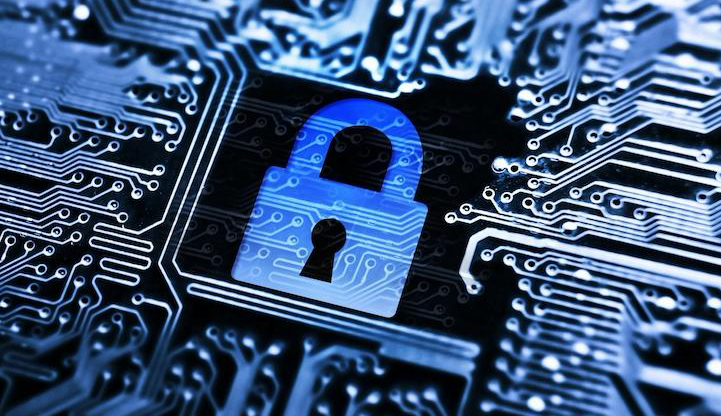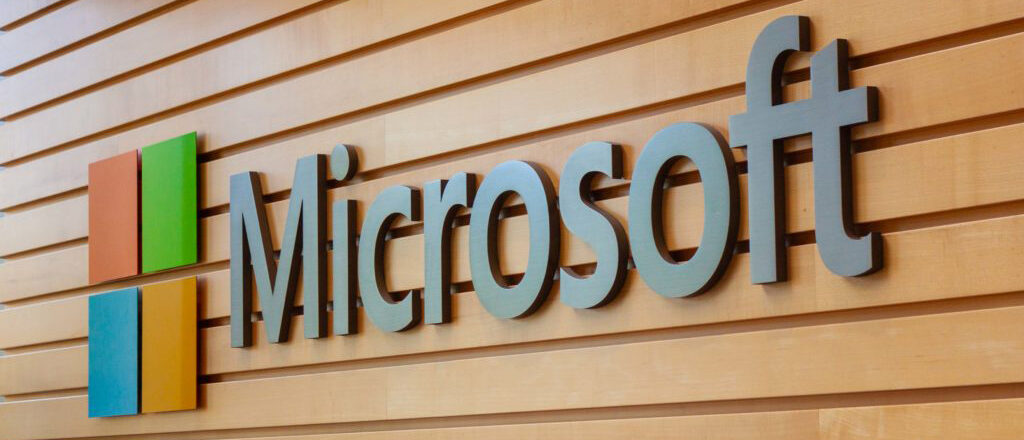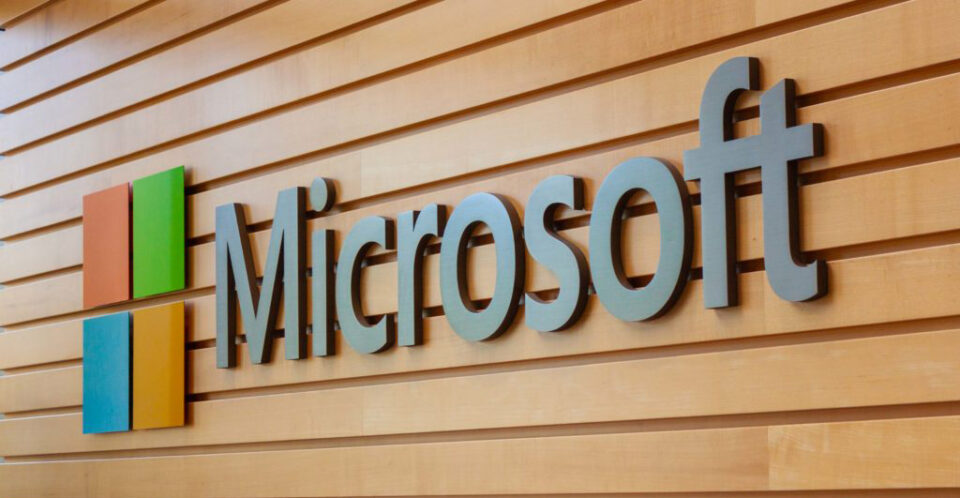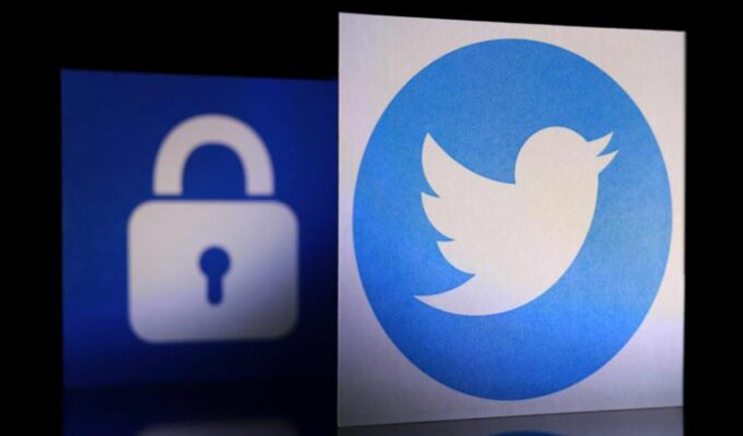
Removing malware threats from your PC is the simplest way to keep it safe from the attentions of hackers. But what happens when you can’t delete it?
Anti-malware software is fantastic at providing you with a means of removing malware from a PC. It can quickly scan your PC for threats and delete them with the minimum of fuss. But the ease with which malware can be removed has provided hackers with an appetizing challenge. What if they could create a strain of malware which couldn’t be deleted? It’s been the holy grail for malware developers since the first virus was created. And it’s a quest which has now been achieved.
A form of malware that cannot be deleted presents many problems for PC users, so let’s take a look at what it consists of.
The Invincible Malware
The unnamed malware was recently discovered by security giants Kaspersky and has left even them scratching their heads at its origin and construction. What they do know is that it’s a highly persistent threat and one that has been designed to resist deletion. It succeeds with this strategy as, rather than targeting a PC’s hard drive, it focuses its attack on a PCs motherboard. In particular, this new malware targets PC’s Unified Extensible Firmware Interface (UEFI). The approach of exploiting the UEFI is novel as it is involved in booting up a PC. Therefore, it is separate from your hard drive and will remain untouched by any operating system reinstalls.
Once the UEFI malware is in place it acts much like any conventional malware. Its first task is to create a Trojan file in the Startup folder under the name of IntelUpdate.exe. Without some in-depth investigation, the average PC user is unlikely to know this is even present. But even if it is noticed, and a user decides to delete it, the IntelUpdate app will simply reinstall once the PC is rebooted. And it’s an app which will cause your PC further troubles. IntelUpdate will not only install further malware, but it will spy on your PC activity and transmit data and files back to a command and control server which appears to be located in China.
How Do You Defeat the Undeletable?
The prospect of a malware strain which cannot be deleted may leave you wondering how you can ever be protected from it. Thankfully, it can be deleted, but not by conventional means. Security tools are now available from firms such as Kaspersky and Microsoft which scan firmware on PCs. It’s recommended that you upgrade your anti-malware tools to include this option to counter this new attack strategy. The means by which this latest malware is spread is currently unknown, but it’s recommended that you follow these security tips to maximize your defenses:
· Install all updates and patches as soon as your PC prompts you to do so · Practice vigilance when dealing with incoming emails which contain attachments and links · Make sure that your workforce understand how to create strong passwords
For more ways to secure and optimize your business technology, contact your local IT professionals.
Read More














